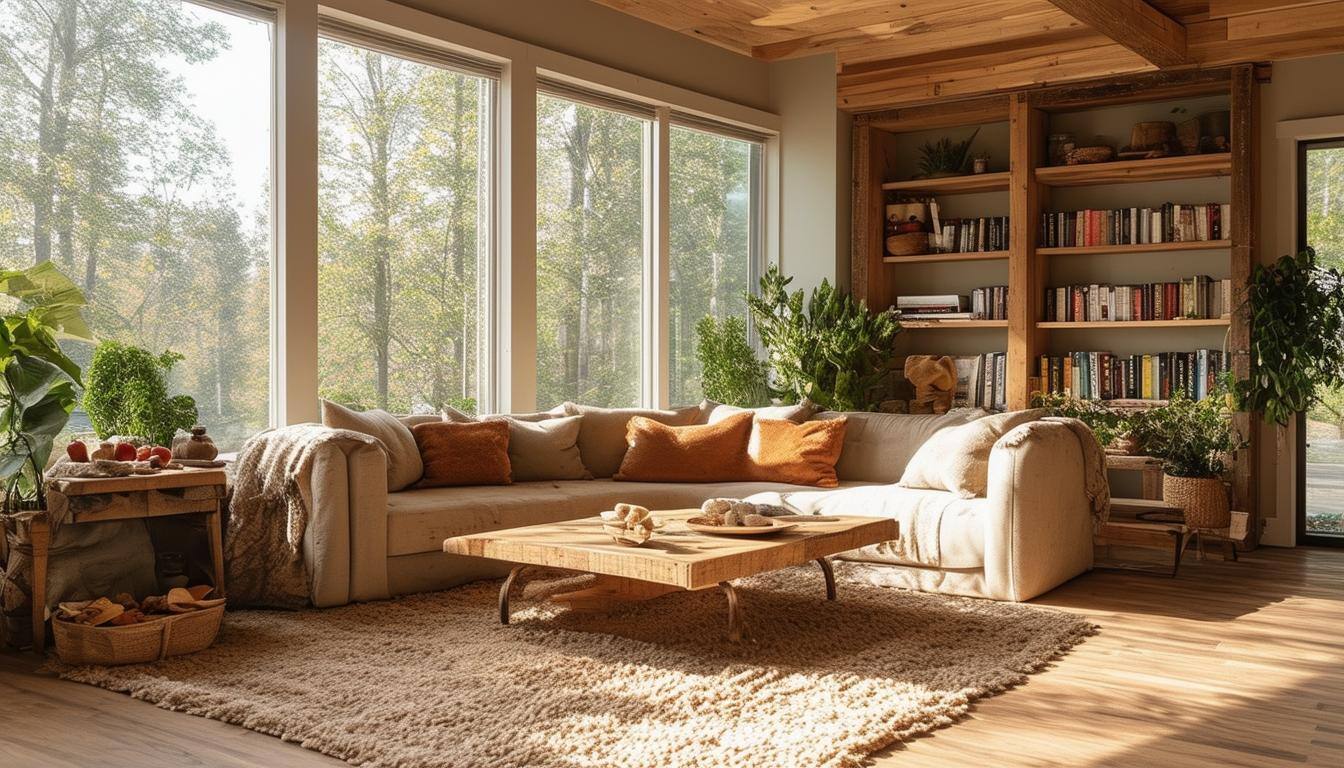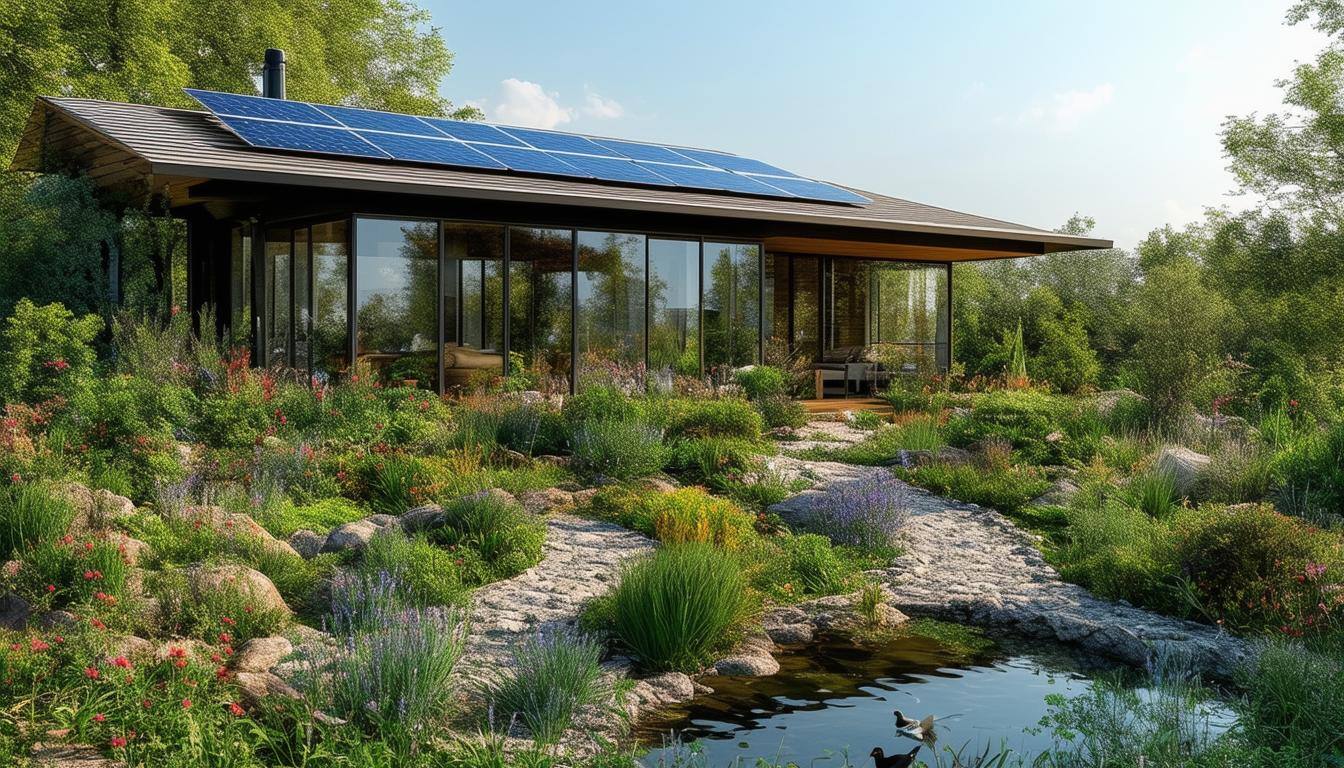1 min read
Mayor Bass’s Fire Recovery Order is a Slow Burn for Homeowners
What’s happening: Thousands of homes were destroyed in January’s devastating wildfires. Mayor Bass’s executive order aims to speed rebuilding by...
3 min read
Noah Riley
:
Jan 7, 2025 3:23:13 PM

When I step into my home or workplace, I expect it to be a safe haven—a space that supports my health and well-being. But I’ve come to realize that the materials surrounding us often contain chemicals that can harm our bodies and the environment. These substances, known as Red List Chemicals, are found in many conventional building products and pose significant health risks. Fortunately, by eliminating these harmful chemicals, I’ve discovered how we can transform indoor spaces into healthier environments where we can truly thrive.
Red List Chemicals are substances identified by the International Living Future Institute (ILFI) as the most harmful to human health and the environment. They’re often hidden in common building materials, like paints, sealants, insulation, and flooring. Some of the worst offenders include formaldehyde, lead, and phthalates, which can persist in the air, water, and soil long after their initial use.
These chemicals are prevalent because they often enhance the performance of materials—acting as preservatives, stabilizers, or binders. For instance, formaldehyde is widely used in adhesives and pressed-wood products, while phthalates add flexibility to vinyl flooring. But I’ve learned that these so-called “benefits” come at a steep cost to our health and the planet.
Through research and personal experience, I’ve discovered the wide range of health problems linked to Red List Chemicals:
Respiratory Issues: Volatile organic compounds (VOCs) from paints, adhesives, and finishes can irritate the respiratory system, worsen asthma, and reduce lung function.
Hormonal Disruptions: Chemicals like phthalates and bisphenol A (BPA) interfere with hormones, causing imbalances that affect fertility, metabolism, and even behavior.
Long-term Illnesses: Prolonged exposure to substances like asbestos and lead increases the risk of cancer, neurological disorders, and cardiovascular diseases.
For someone like me, who spends most of my time indoors (as many of us do), these risks are deeply concerning. I’ve also noticed that children, the elderly, and people with compromised immune systems are particularly vulnerable.
By committing to creating spaces free of Red List Chemicals, I’ve seen the profound impact it can have on health and quality of life:
Improved Indoor Air Quality: Avoiding products that emit harmful VOCs and other pollutants has made it easier to breathe and reduced the likelihood of respiratory problems for me and my family.
Reduced Risk of Chronic Diseases: Eliminating exposure to carcinogens and hormone disruptors has given me peace of mind knowing I’m lowering my long-term health risks.
Enhanced Well-Being: I’ve noticed that a toxin-free environment fosters better sleep, sharper focus, and an overall improved mood.
The good news is that creating a healthier indoor environment doesn’t mean compromising on quality or aesthetics. Here are some alternatives I’ve used that make a significant difference:
Non-Toxic Paints: I always choose VOC-free or low-VOC paints. They emit fewer harmful gases, improving air quality during and after application.
Formaldehyde-Free Furniture: I look for furniture made with formaldehyde-free plywood or MDF (medium-density fiberboard). Many manufacturers now offer sustainable options that use natural adhesives.
VOC-Free Adhesives: When installing flooring or tiles, I opt for VOC-free adhesives. They reduce the release of harmful fumes both during installation and over time.
By integrating these materials into my living spaces, I feel good knowing I’m contributing to a healthier environment for myself and the planet.
For me, eliminating Red List Chemicals aligns perfectly with the goals of sustainable building certifications like the Living Building Challenge and the WELL Building Standard. These frameworks have inspired me to create spaces that not only minimize harm but actively improve health and sustainability.
Sustainable, health-focused living spaces aren’t just about aesthetics or energy efficiency. They’re about rethinking the materials we use and prioritizing well-being—both for ourselves and for future generations. By making intentional choices, I’m joining a movement toward healthier homes and workplaces.
If you’re ready to take action like I did, here are some steps to start eliminating Red List Chemicals from your home or workplace:
Read Labels: Look for certifications like GREENGUARD, Cradle to Cradle, or Declare labels to ensure products meet stringent health and sustainability standards.
Audit Your Space: Take stock of potential sources of Red List Chemicals in your home—such as old paints, flooring, or furniture—and plan for replacements.
Choose Natural Materials: Opt for materials like solid wood, wool, and cork, which are naturally free of harmful chemicals.
Ventilate Regularly: Improving air circulation helps reduce the buildup of indoor pollutants.
Work with Professionals: I’ve found it helpful to engage designers and contractors familiar with sustainable building practices to guide my renovation projects.
Eliminating Red List Chemicals from the built environment is more than a health decision for me—it’s a lifestyle commitment to better living. By choosing materials that support wellness and sustainability, I’m not only protecting myself but also contributing to a healthier planet. Let’s work together to make our homes and workplaces the safe havens they were always meant to be.
Reimagine what’s possible. At The Unwind, we explore the art of creating healthier, more sustainable homes and communities that inspire a fulfilling and balanced life for generations to come.

1 min read
What’s happening: Thousands of homes were destroyed in January’s devastating wildfires. Mayor Bass’s executive order aims to speed rebuilding by...

Discover the importance of reducing embodied carbon in new construction homes and how it can contribute to reducing climate change and building a...